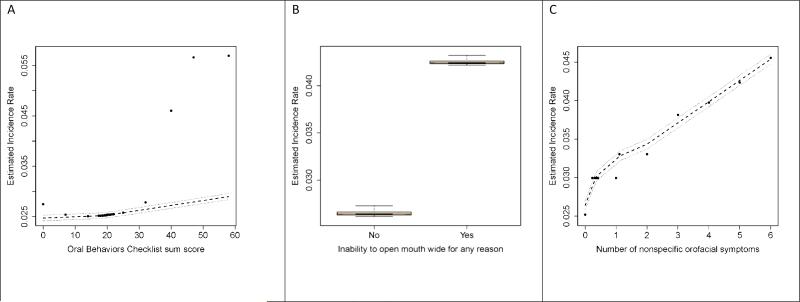Figure 2. Predicted TMD incidence rates from random forest models: OPPERA prospective cohort study, 2006-2011.
TMD incidence rates, expressed as cases per 100-person-years, were generated from random forest models that predicted TMD onset using study site and clinical orofacial characteristics reported in Tables 1-7. Predicted values (●) are plotted together with LOESS-smoothed estimates (- - -) and their 95% confidence intervals (.....). A: Sum of the Oral Behaviors Checklist (OBC) is the simple sum of an ordinal response scale for each of 21 items. B: Inability to open mouth was reported as yes/no. C: Number of face jaw symptoms is the simple count of ‘yes’ responses to each of 6 non-specific orofacial symptoms.

